The Project Gutenberg EBook of An Elementary Study of Chemistry, by
William McPherson and William Edwards Henderson
This eBook is for the use of anyone anywhere at no cost and with
almost no restrictions whatsoever. You may copy it, give it away or
re-use it under the terms of the Project Gutenberg License included
with this eBook or online at www.gutenberg.org
Title: An Elementary Study of Chemistry
Author: William McPherson
William Edwards Henderson
Release Date: March 18, 2007 [EBook #20848]
Language: English
*** START OF THIS PROJECT GUTENBERG EBOOK AN ELEMENTARY STUDY OF CHEMISTRY ***
Produced by Elaine Walker, Josephine Paolucci and the
Online Distributed Proofreading Team at http://www.pgdp.net
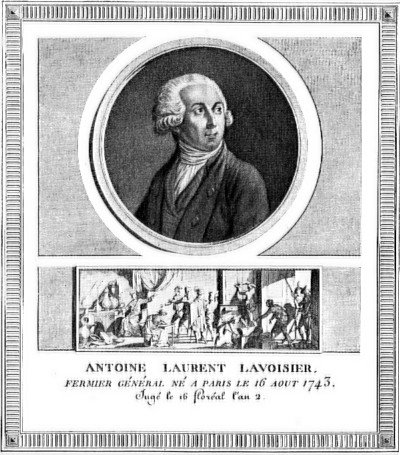
ANTOINE LAURENT LAVOISIER
Famous for his care in quantitative experiments, for demonstrating the true nature of combustion, for introducing system into the naming and grouping of chemical substances. Executed (1794) during the French Revolution because of his connection with the government
This picture is taken from a French engraving of 1799. The panel represents Lavoisier as he is being arrested in his laboratory by the Revolutionary Committee
AN ELEMENTARY
STUDY OF CHEMISTRY
BY
WILLIAM McPHERSON, PH.D.
PROFESSOR OF CHEMISTRY, OHIO STATE UNIVERSITY
AND
WILLIAM EDWARDS HENDERSON, PH.D.
ASSOCIATE PROFESSOR OF CHEMISTRY, OHIO STATE UNIVERSITY
REVISED EDITION
GINN & COMPANY
BOSTON * NEW YORK * CHICAGO * LONDON
COPYRIGHT, 1905, 1906, BY
WILLIAM MCPHERSON AND WILLIAM E. HENDERSON
ALL RIGHTS RESERVED
The Athenum Press
GINN & COMPANY * PROPRIETORS * BOSTON * U.S.A.
Transcriber's note: Minor typos have been corrected.
PREFACE
In offering this book to teachers of elementary chemistry the authors lay no claim to any great originality. It has been their aim to prepare a text-book constructed along lines which have become recognized as best suited to an elementary treatment of the subject. At the same time they have made a consistent effort to make the text clear in outline, simple in style and language, conservatively modern in point of view, and thoroughly teachable.
The question as to what shall be included in an elementary text on chemistry is perhaps the most perplexing one which an author must answer. While an enthusiastic chemist with a broad understanding of the science is very apt to go beyond the capacity of the elementary student, the authors of this text, after an experience of many years, cannot help believing that the tendency has been rather in the other direction. In many texts no mention at all is made of fundamental laws of chemical action because their complete presentation is quite beyond the comprehension of the student, whereas in many cases it is possible to present the essential features of these laws in a way that will be of real assistance in the understanding of the science. For example, it is a difficult matter to deduce the law of mass action in any very simple way; yet the elementary student can readily comprehend that reactions are reversible, and that the point of equilibrium depends upon, rather simple conditions. The authors believe that it is worth while to present such principles in even an elementary and partial manner because they are of great assistance to the general student, and because they make a foundation upon which the student who continues his studies to more advanced courses can securely build.
The authors have no apologies to make for the extent to which they have made use of the theory of electrolytic dissociation. It is inevitable that in any rapidly developing science there will be differences of opinion in regard to the value of certain theories. There can be no question, however, that the outline of the theory of dissociation here presented is in accord with the views of the very great majority of the chemists of the present time. Moreover, its introduction to the extent to which the authors have presented it simplifies rather than increases the difficulties with which the development of the principles of the science is attended.
The oxygen standard for atomic weights has been adopted throughout the text. The International Committee, to which is assigned the duty of yearly reporting a revised list of the atomic weights of the elements, has adopted this standard for their report, and there is no longer any authority for the older hydrogen standard. The authors do not believe that the adoption of the oxygen standard introduces any real difficulties in making perfectly clear the methods by which atomic weights are calculated.
The problems appended to the various chapters have been chosen with a view not only of fixing the principles developed in the text in the mind of the student, but also of enabling him to answer such questions as arise in his laboratory work. They are, therefore, more or less practical in character. It is not necessary that all of them should be solved, though with few exceptions the lists are not long. The answers to the questions are not directly given in the text as a rule, but can be inferred from the statements made. They therefore require independent thought on the part of the student.
With very few exceptions only such experiments are included in the text as cannot be easily carried out by the student. It is expected that these will be performed by the teacher at the lecture table. Directions for laboratory work by the student are published in a separate volume.
While the authors believe that the most important function of the elementary text is to develop the principles of the science, they recognize the importance of some discussion of the practical application of these principles to our everyday life. Considerable space is therefore devoted to this phase of chemistry. The teacher should supplement this discussion whenever possible by having the class visit different factories where chemical processes are employed.
Although this text is now for the first time offered to teachers of elementary chemistry, it has nevertheless been used by a number of teachers during the past three years. The present edition has been largely rewritten in the light of the criticisms offered, and we desire to express our thanks to the many teachers who have helped us in this respect, especially to Dr. William Lloyd Evans of this laboratory, a teacher of wide experience, for his continued interest and helpfulness. We also very cordially solicit correspondence with teachers who may find difficulties or inaccuracies in the text.
The authors wish to make acknowledgments for the photographs and engravings of eminent chemists from which the cuts included in the text were taken; to Messrs. Elliott and Fry, London, England, for that of Ramsay; to The Macmillan Company for those of Davy and Dalton, taken from the Century Science Series; to the L. E. Knott Apparatus Company, Boston, for that of Bunsen.
THE AUTHORS
OHIO STATE UNIVERSITY
COLUMBUS, OHIO
CONTENTS
| CHAPTER | PAGE |
| I. INTRODUCTION |
| II. OXYGEN |
| III. HYDROGEN |
| IV. WATER AND HYDROGEN DIOXIDE |
| V. THE ATOMIC THEORY |
| VI. CHEMICAL EQUATIONS AND CALCULATIONS |
| VII. NITROGEN AND THE RARE ELEMENTS IN THE ATMOSPHERE |
| VIII. THE ATMOSPHERE |
| IX. SOLUTIONS |




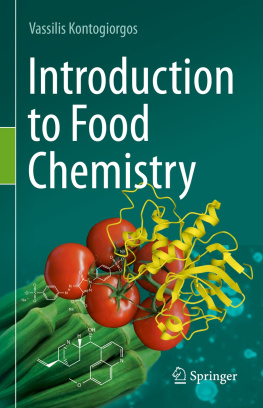

![Moore - Chemistry II for dummies [learn to: grasp difficult chemistry concepts ; supplement classroom learning with confidence ; tackle problems you may face in your Chem II course]](/uploads/posts/book/221508/thumbs/moore-chemistry-ii-for-dummies-learn-to-grasp.jpg)
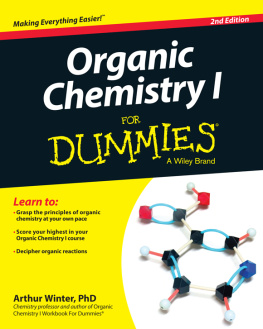

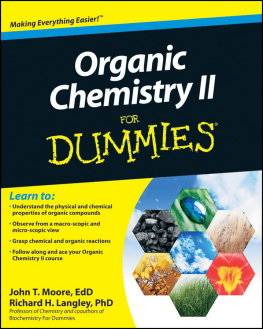
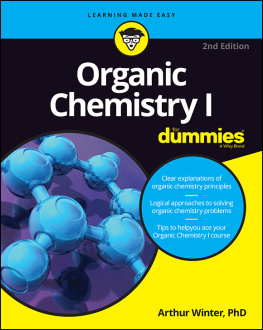
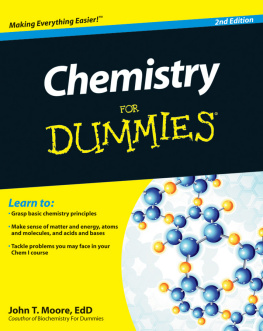
 ANTOINE LAURENT LAVOISIER
ANTOINE LAURENT LAVOISIER